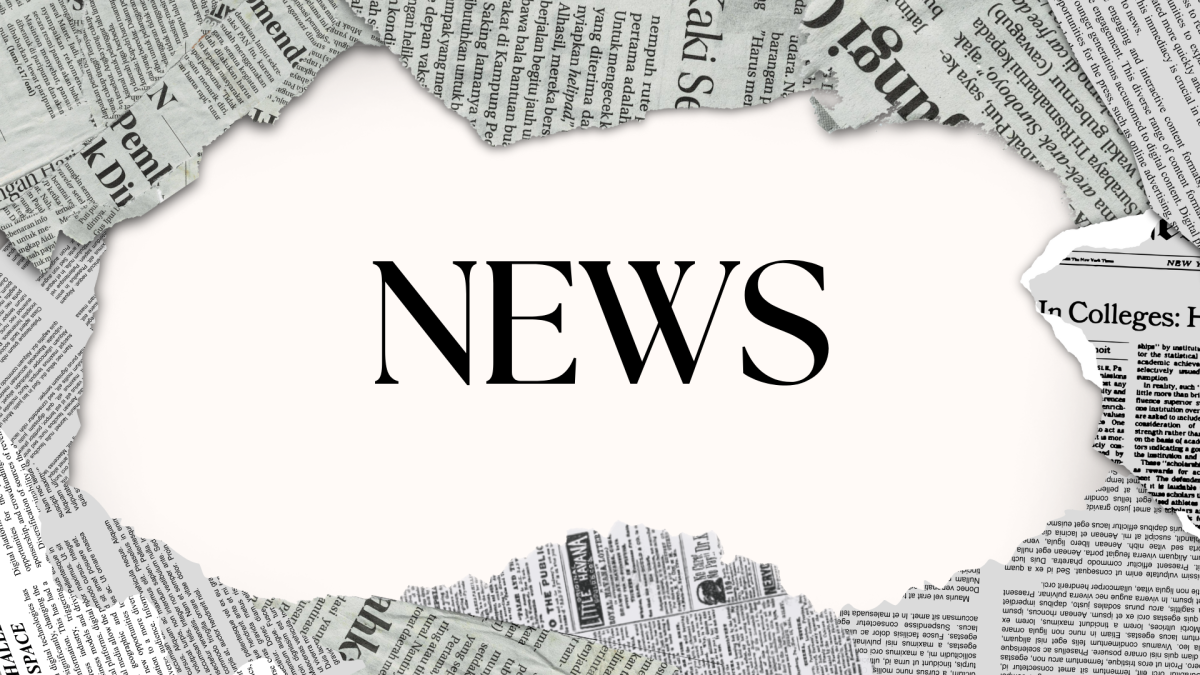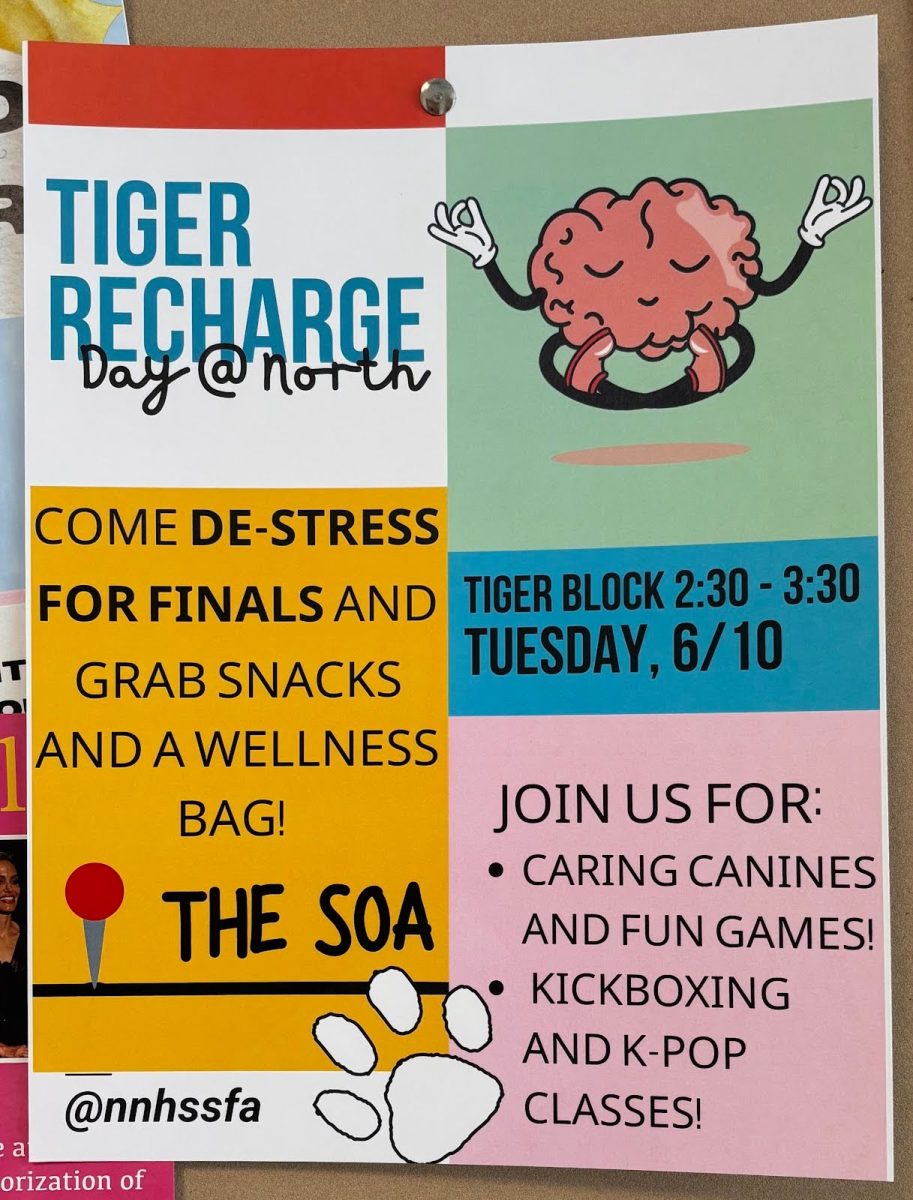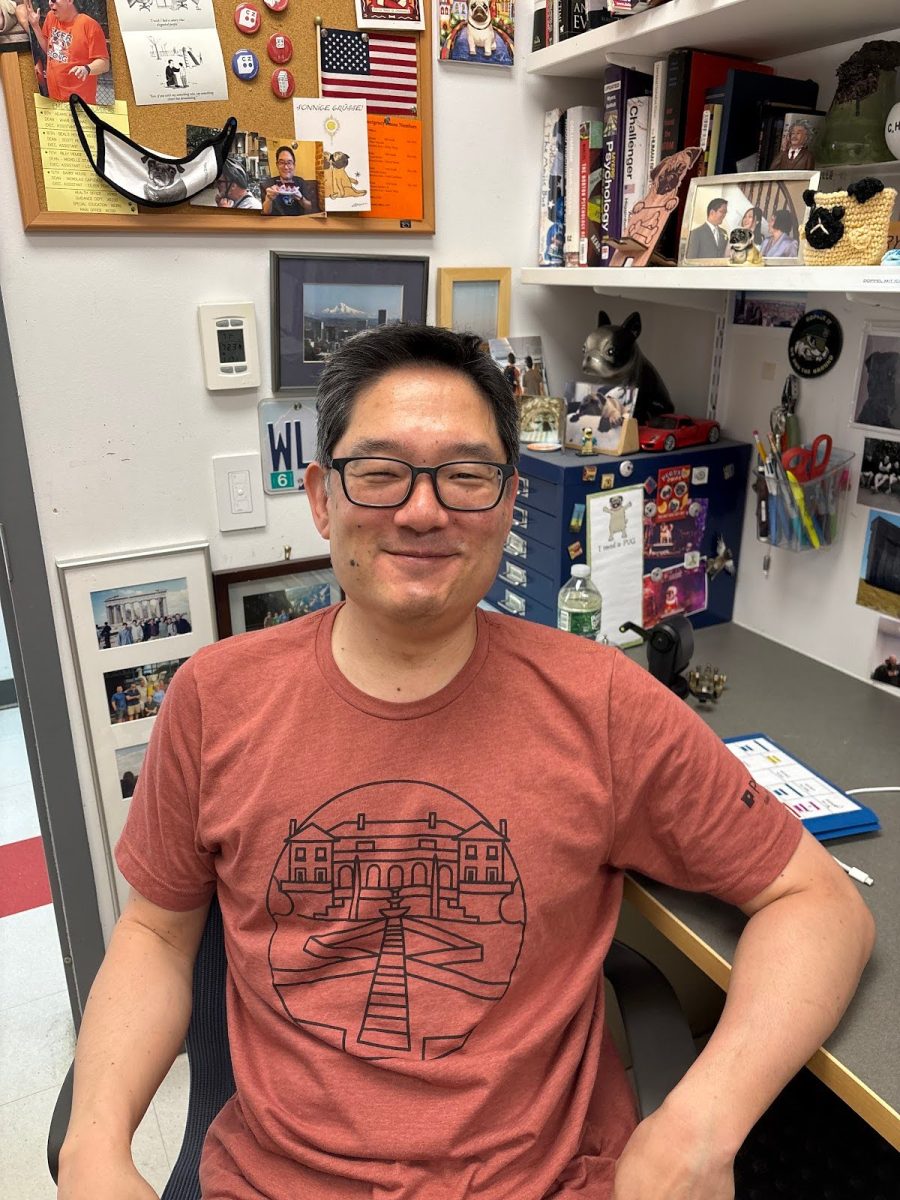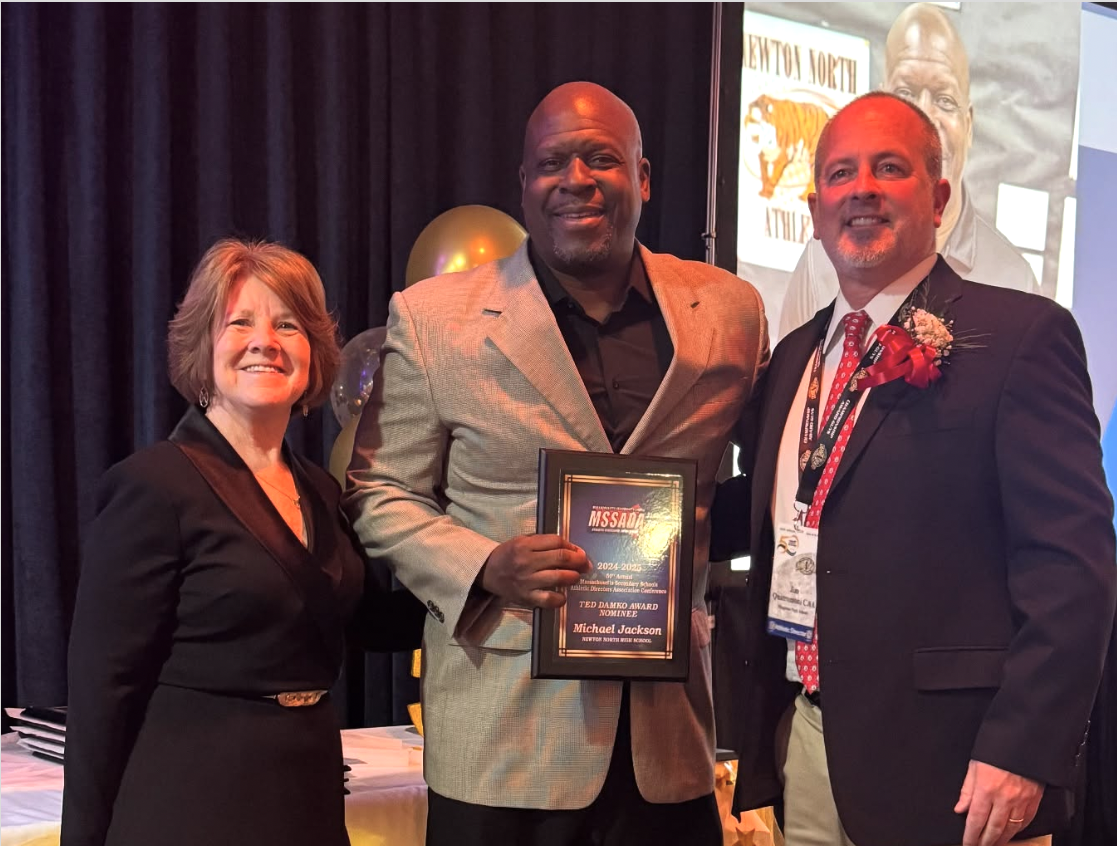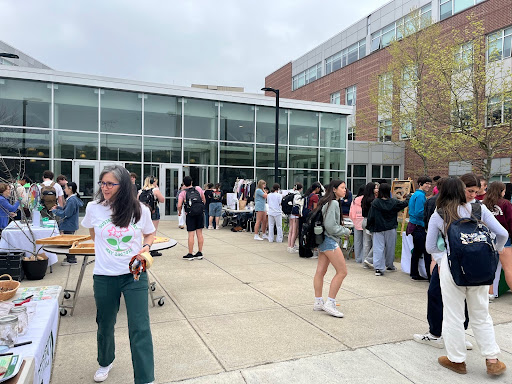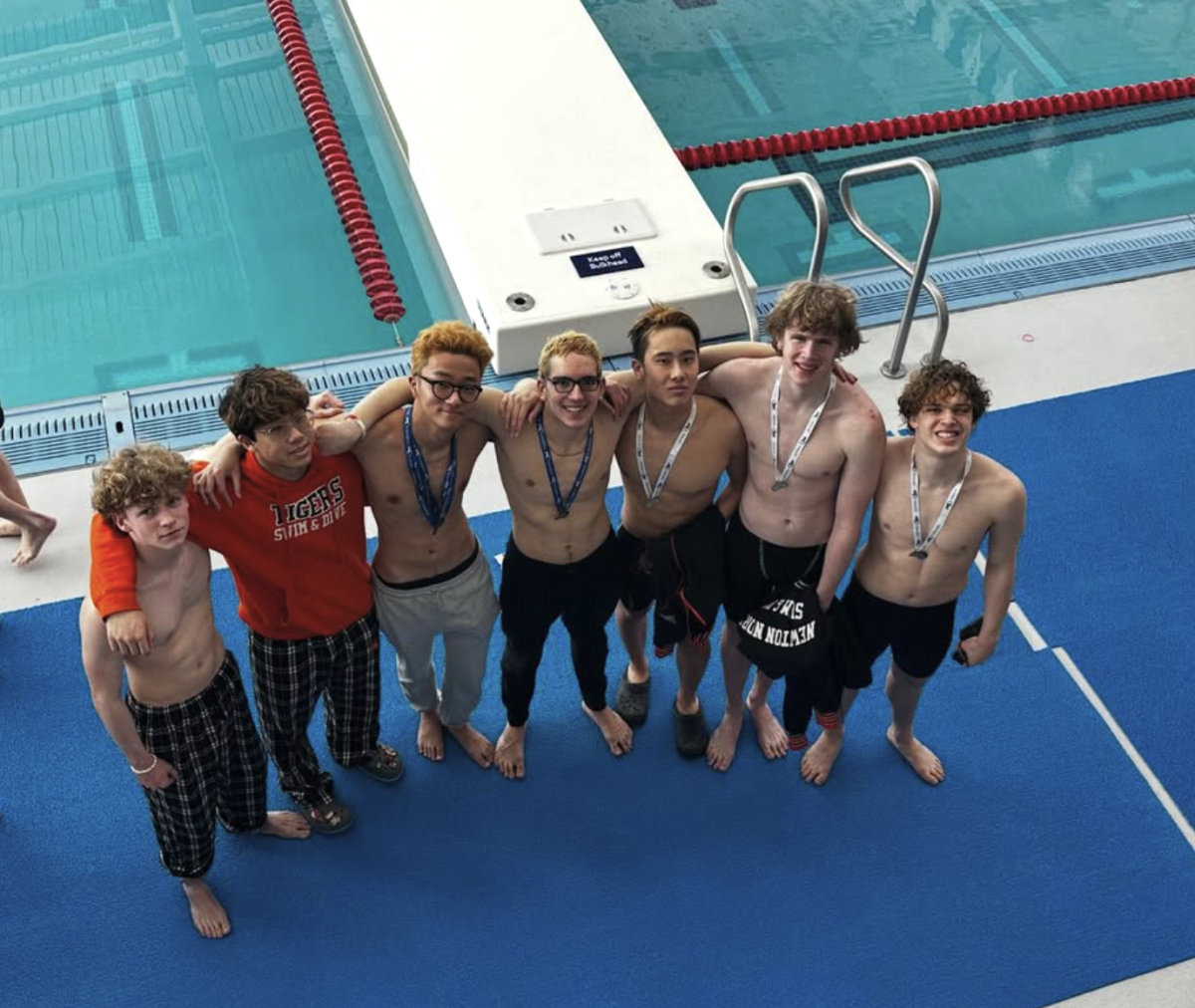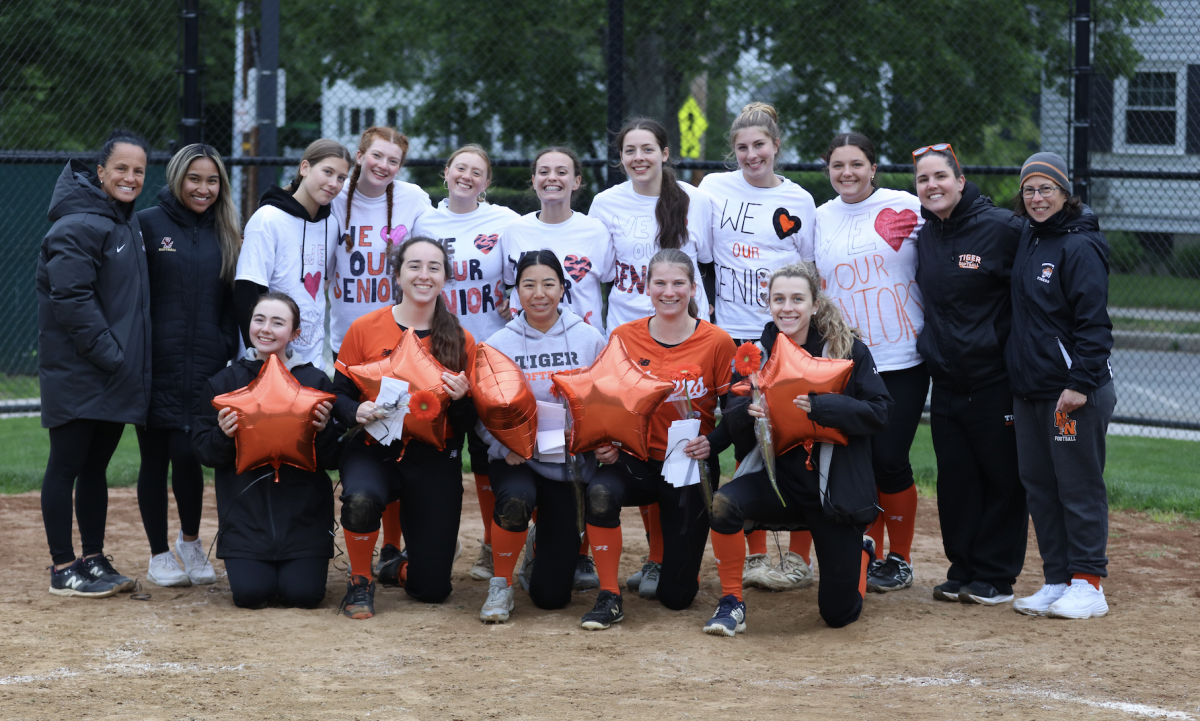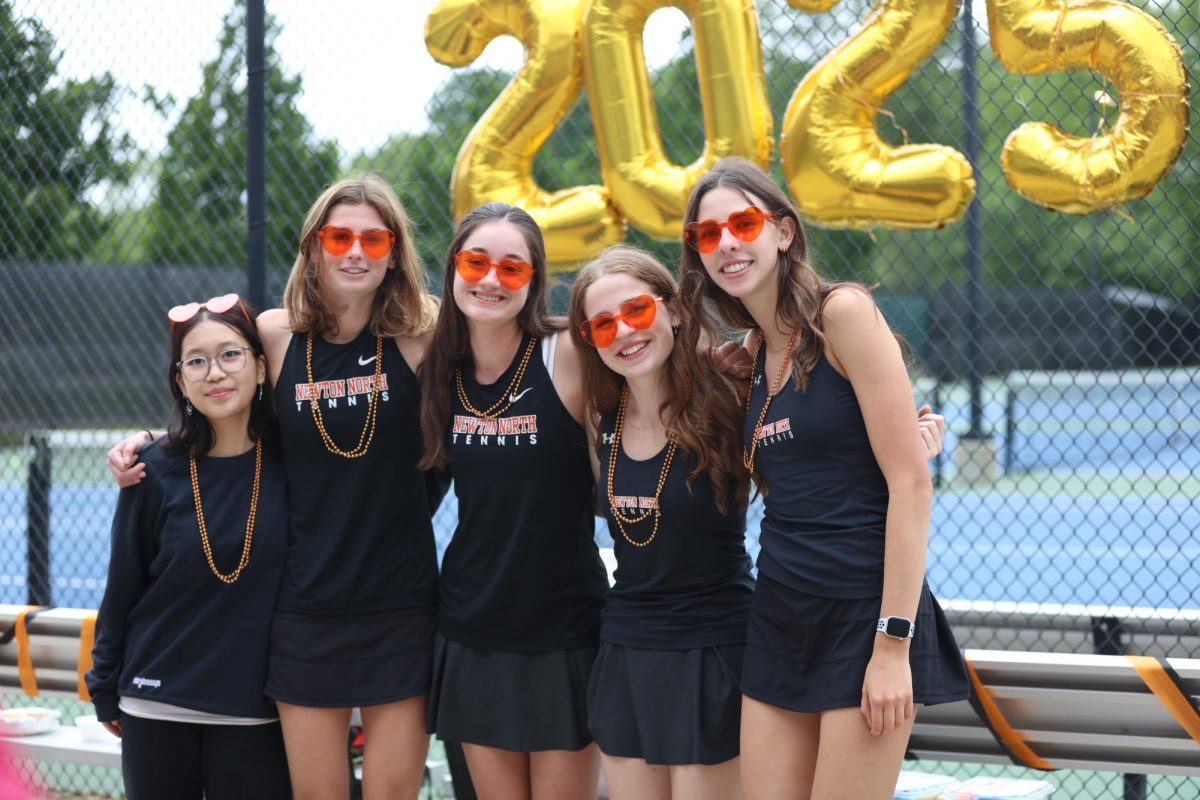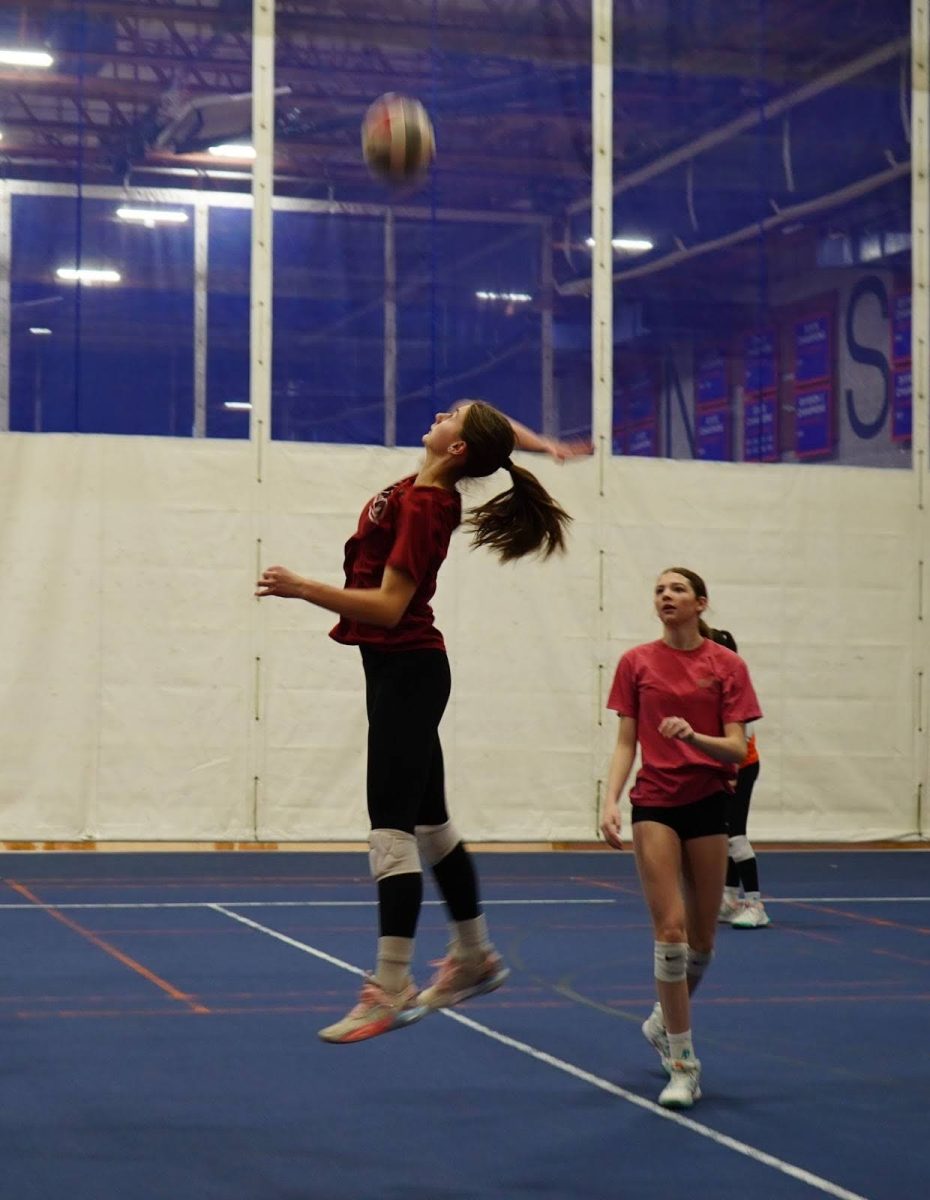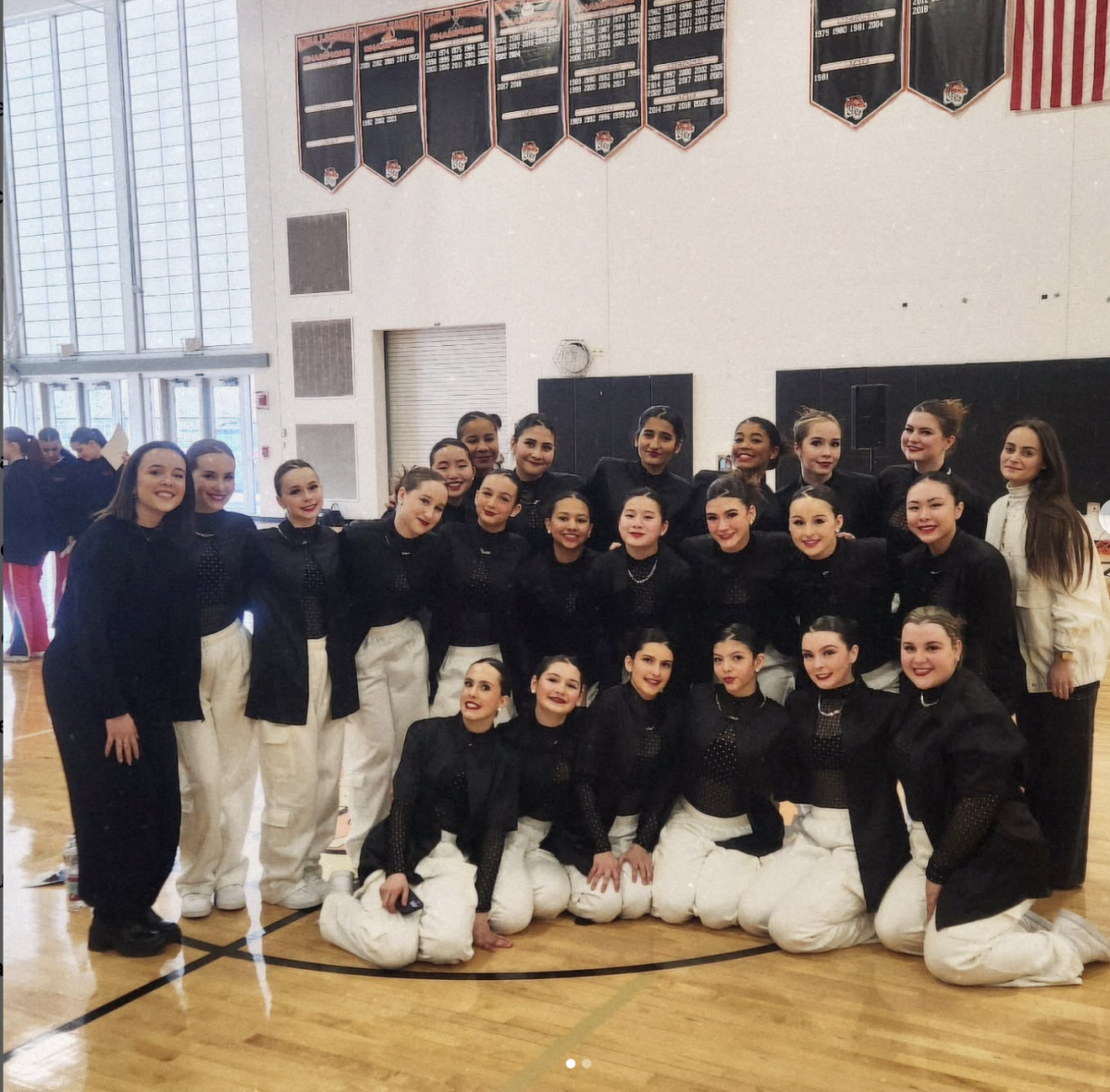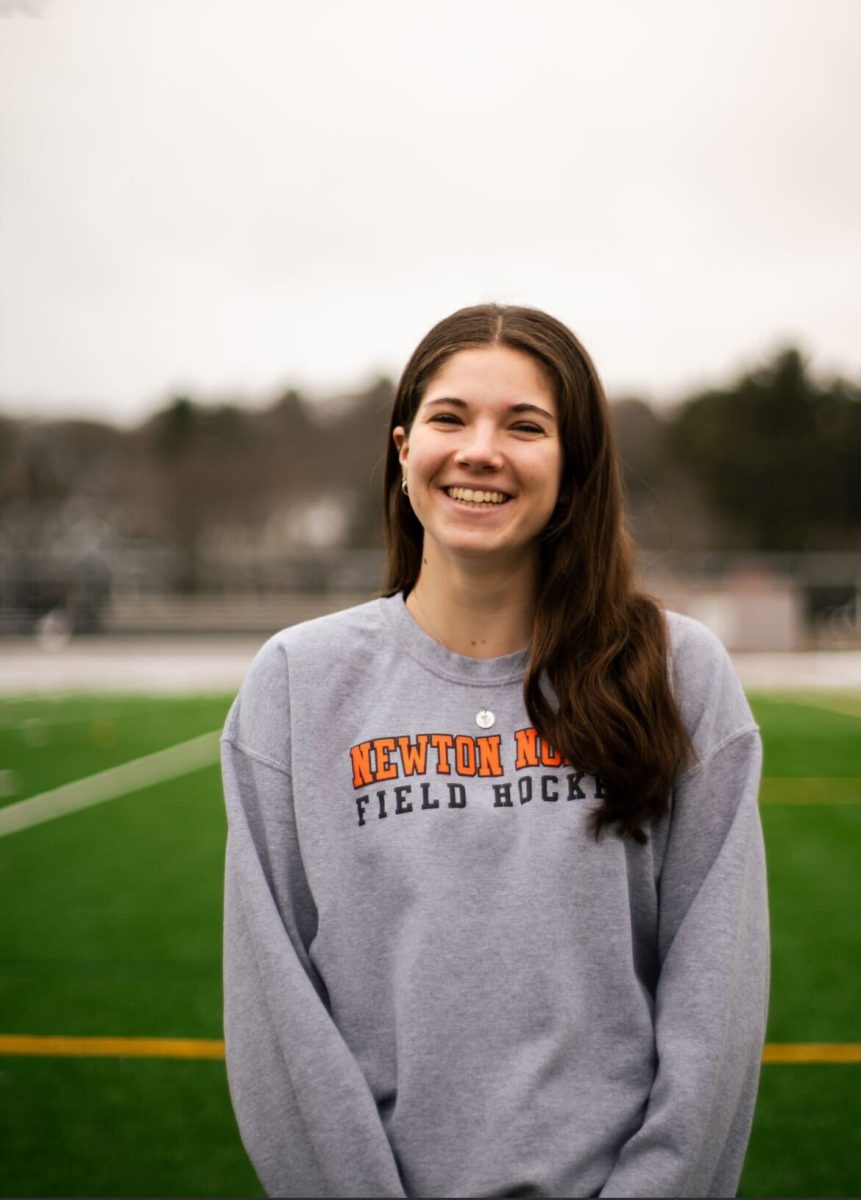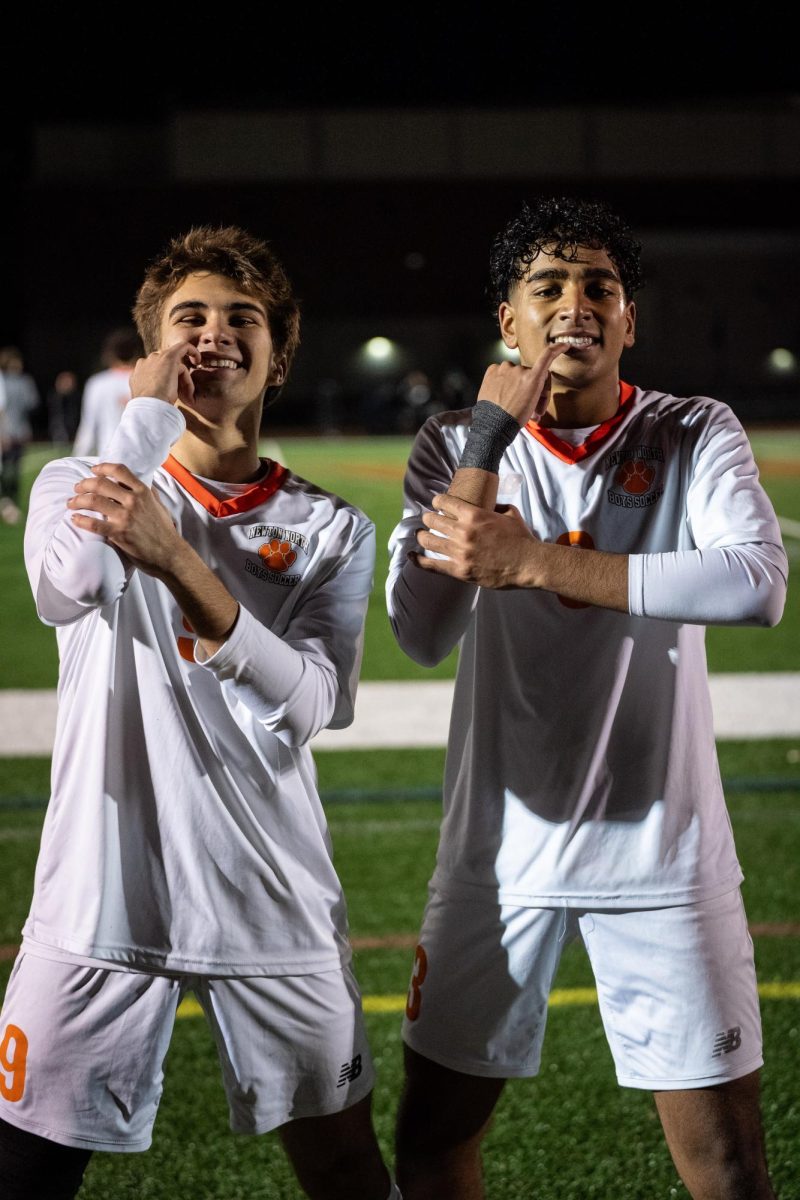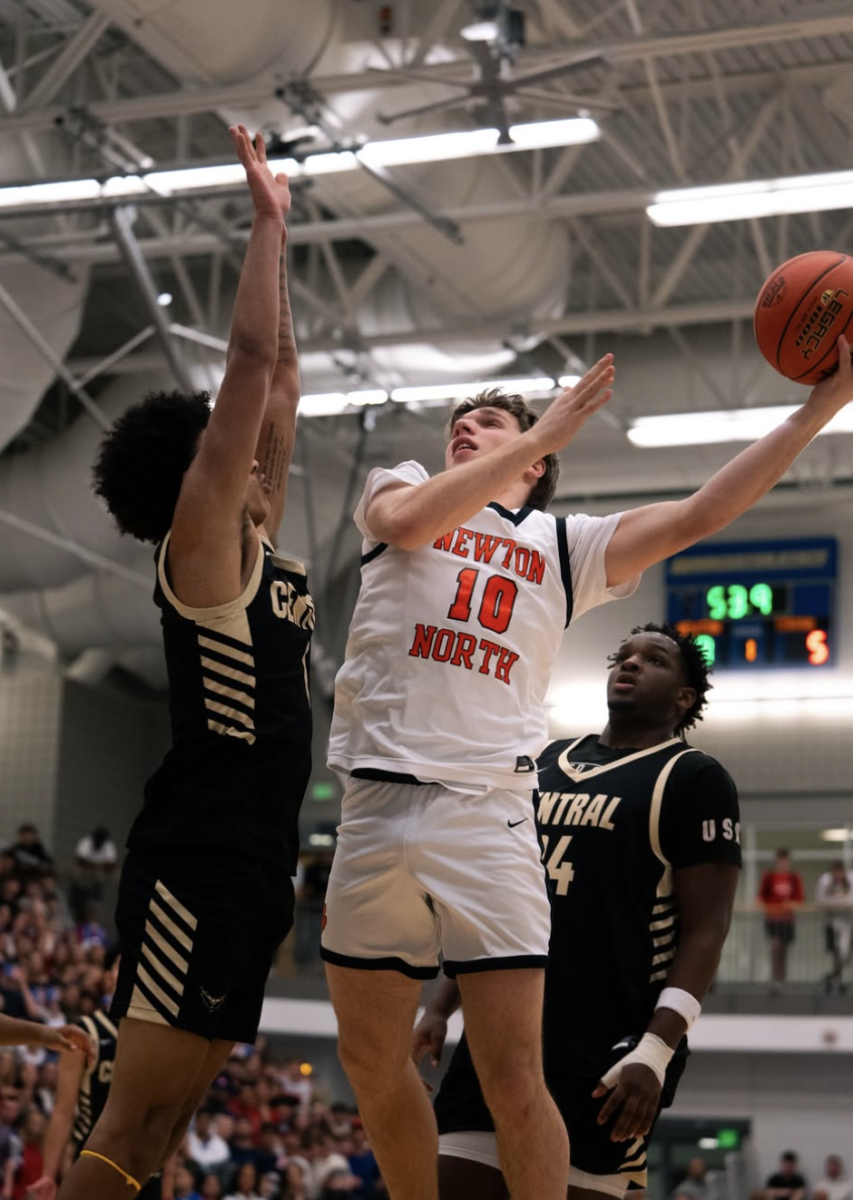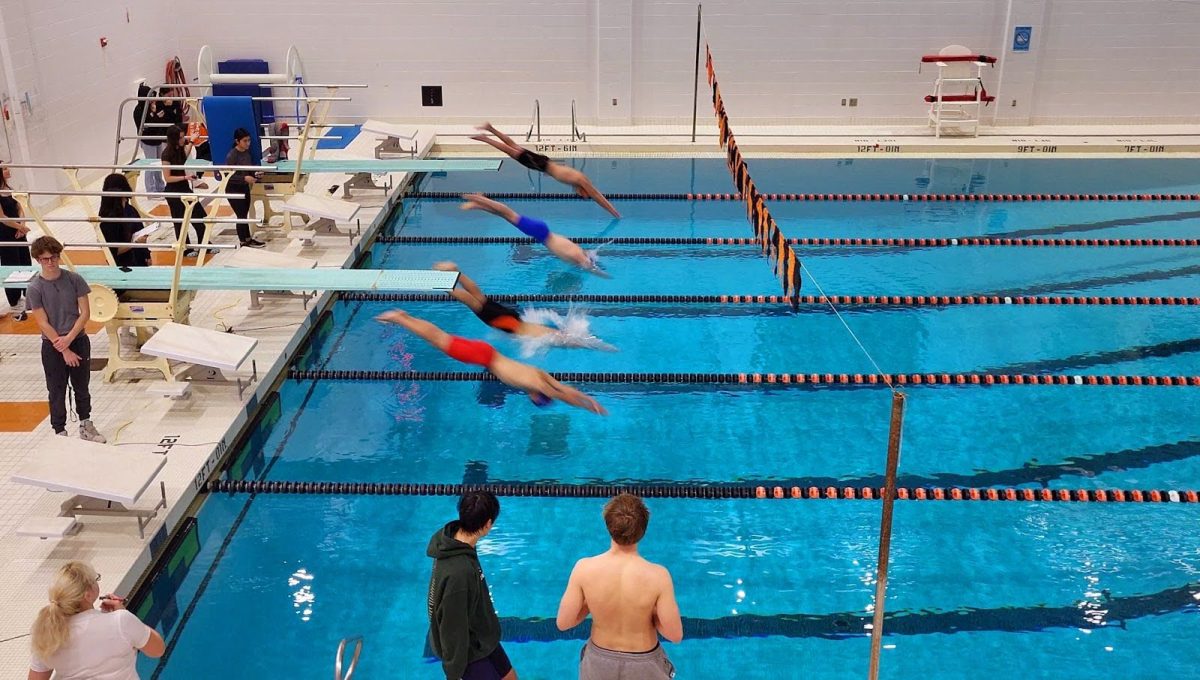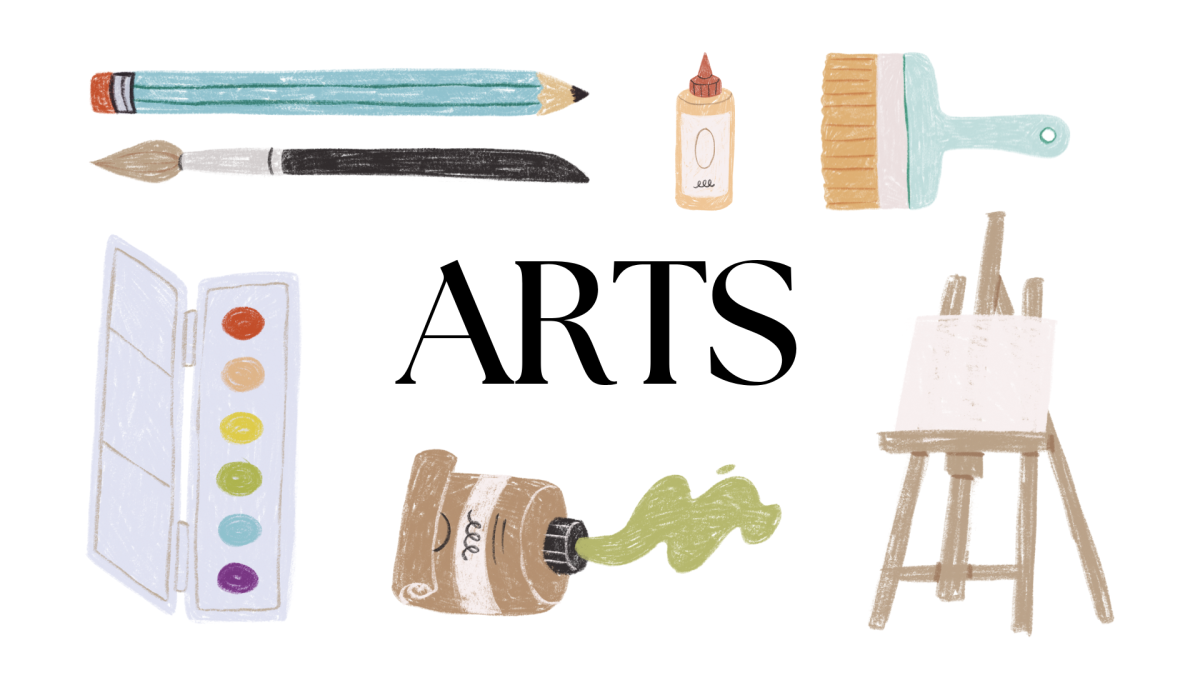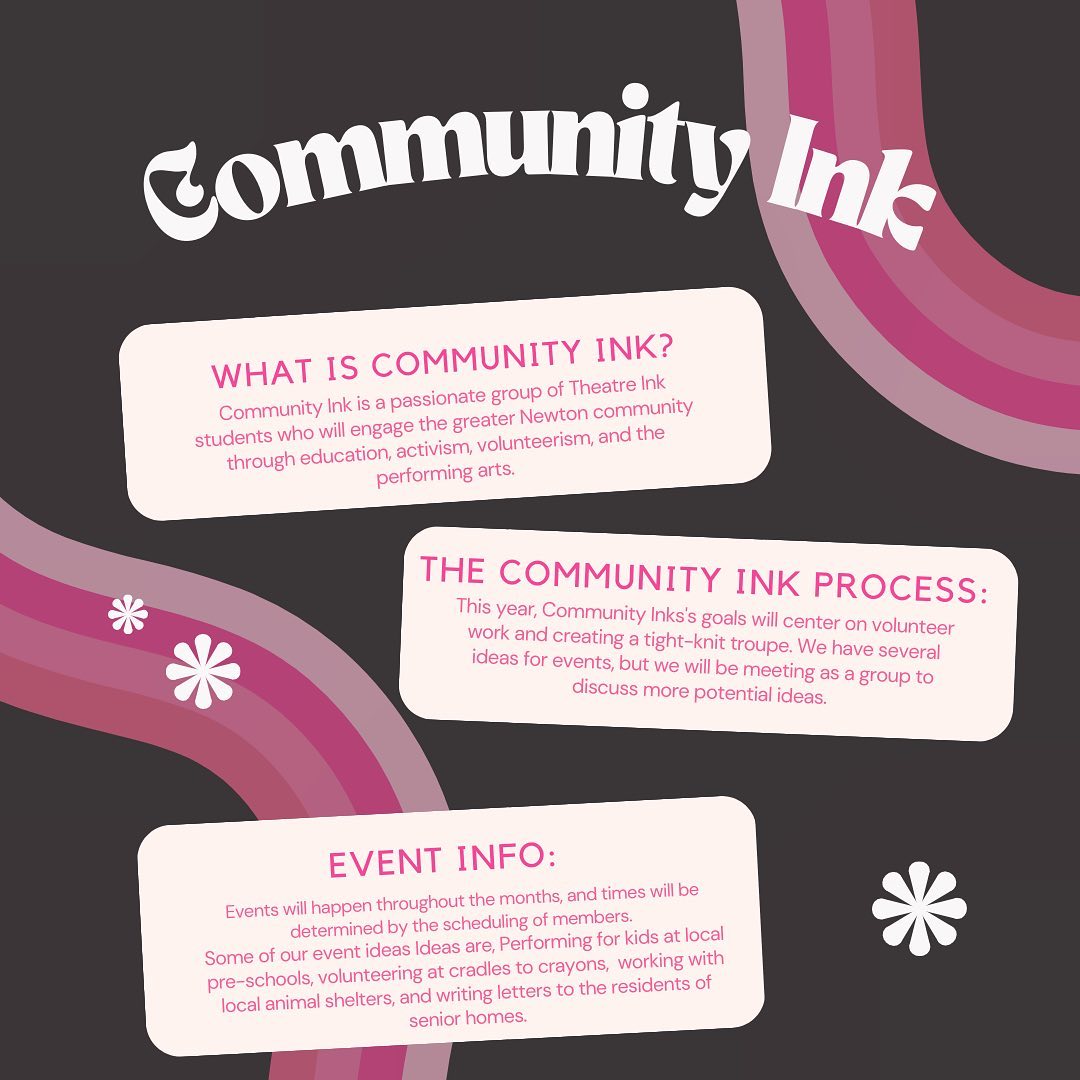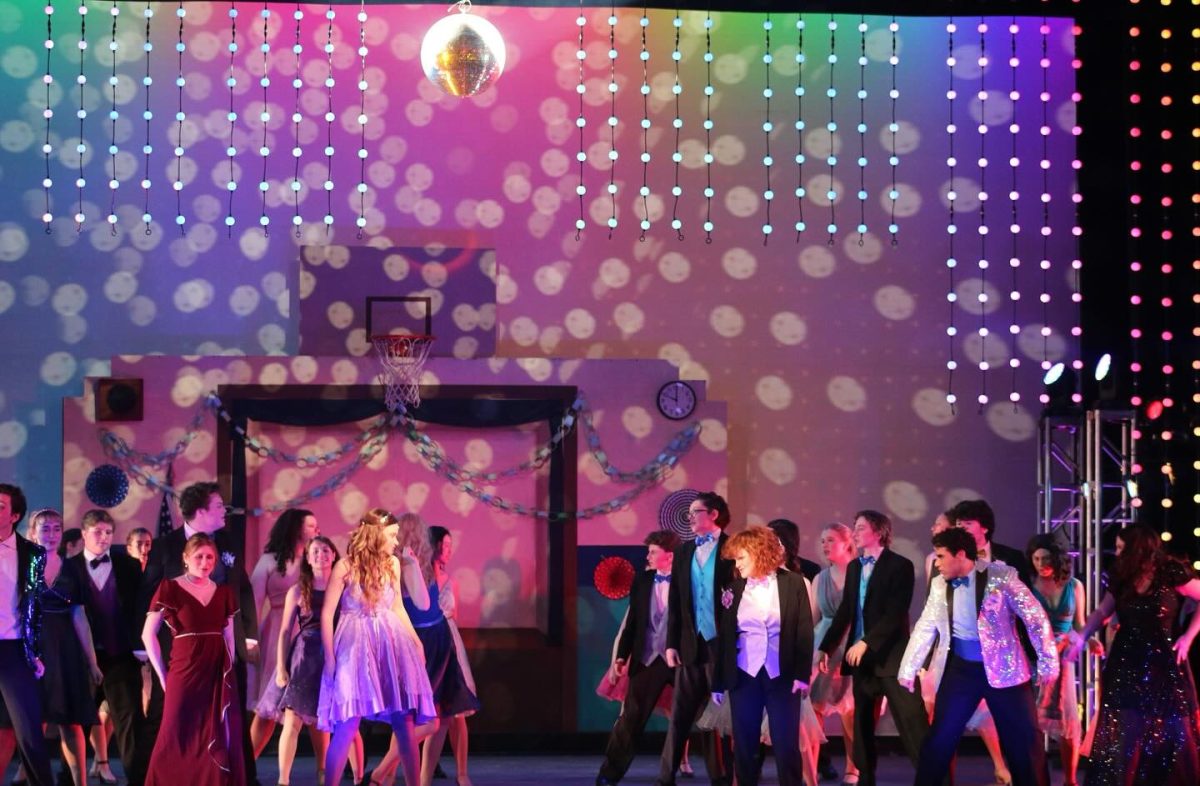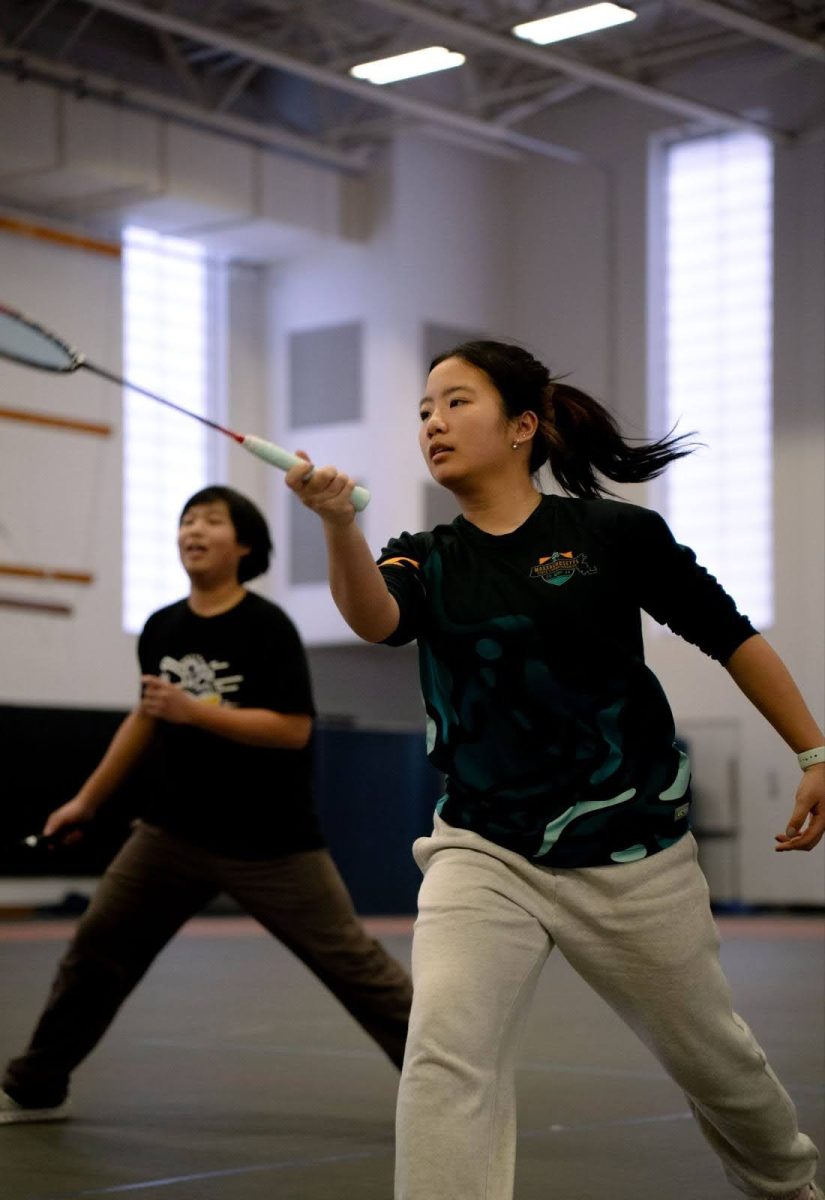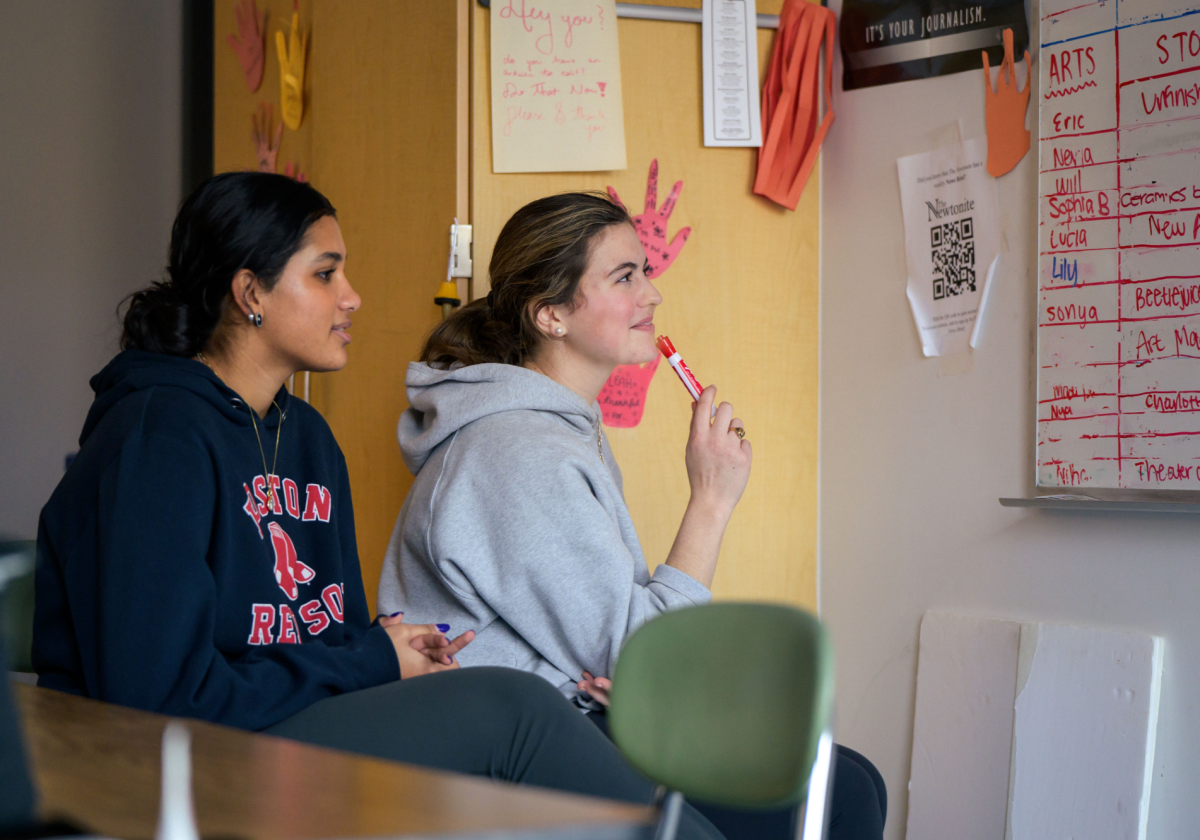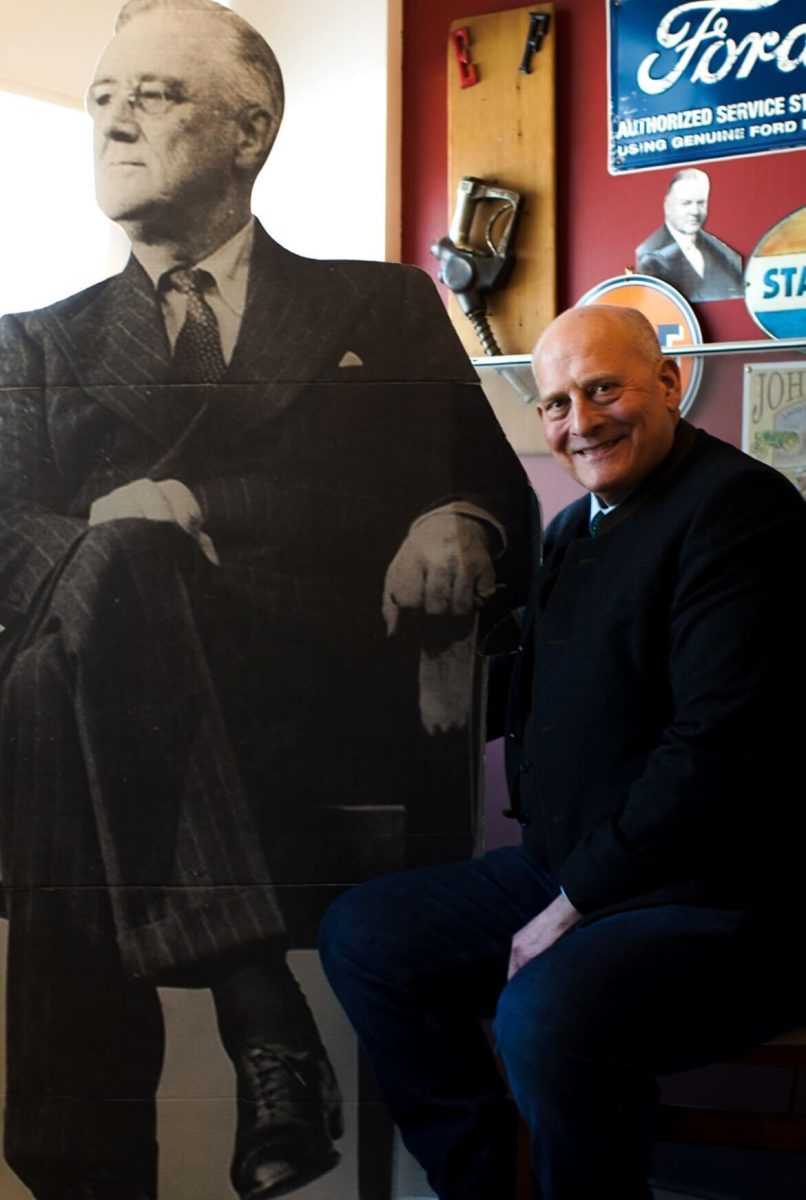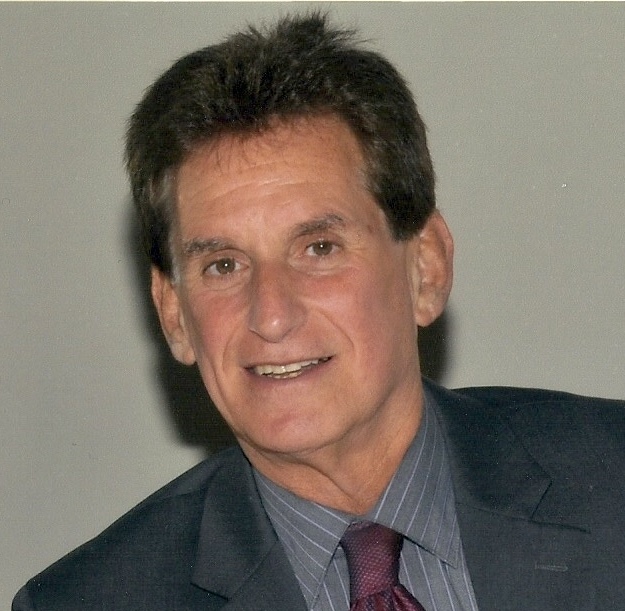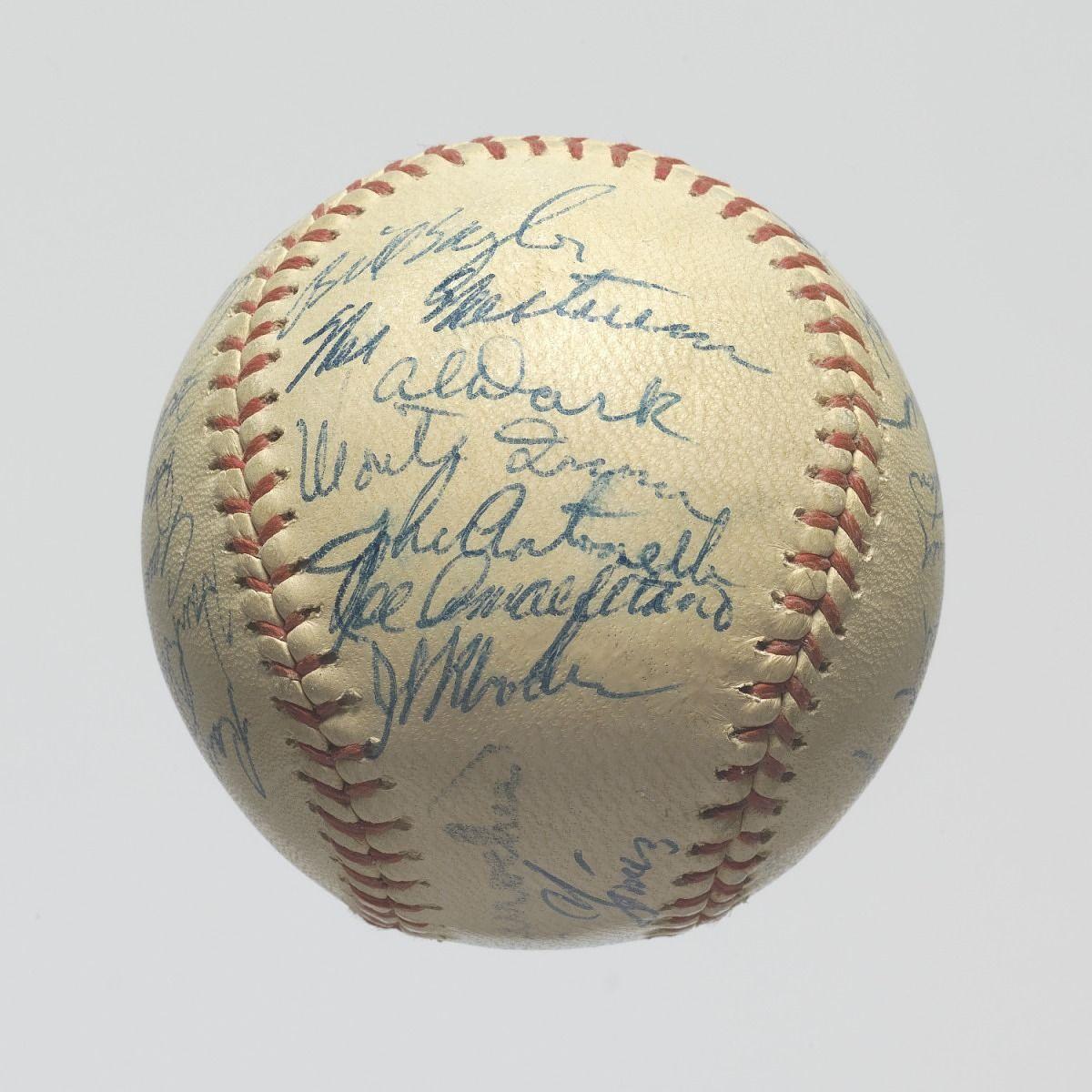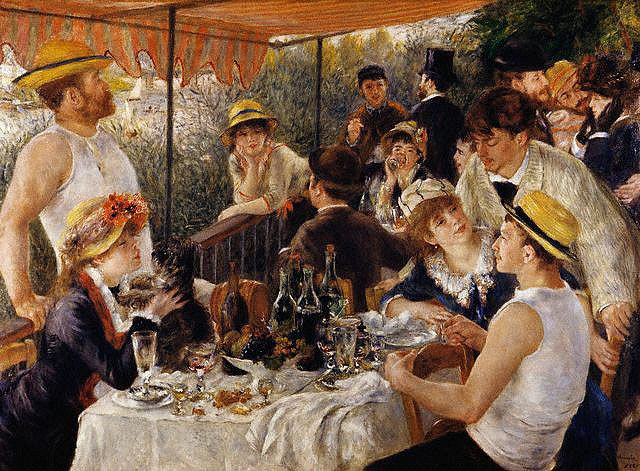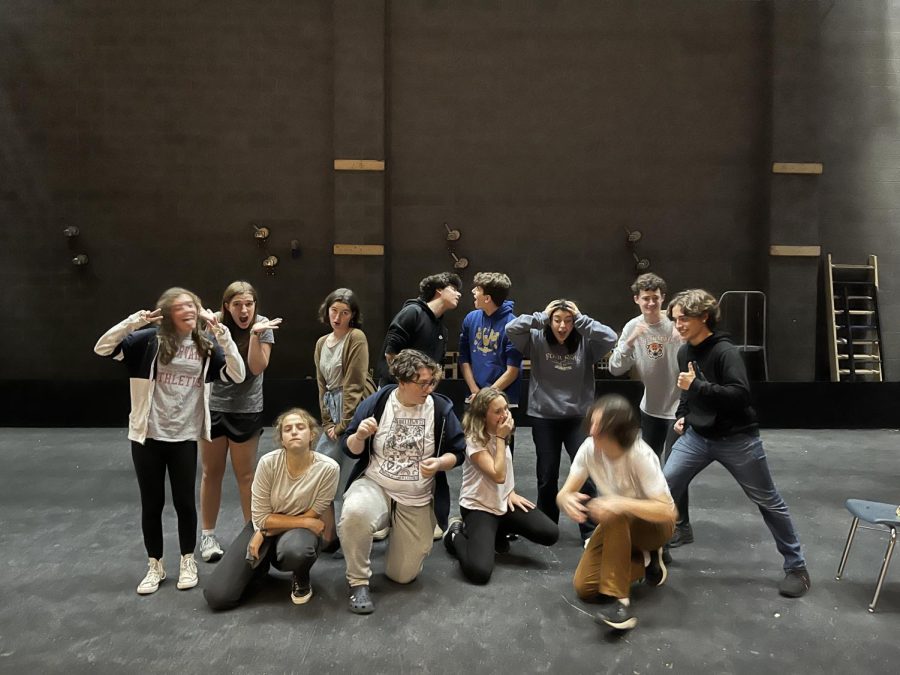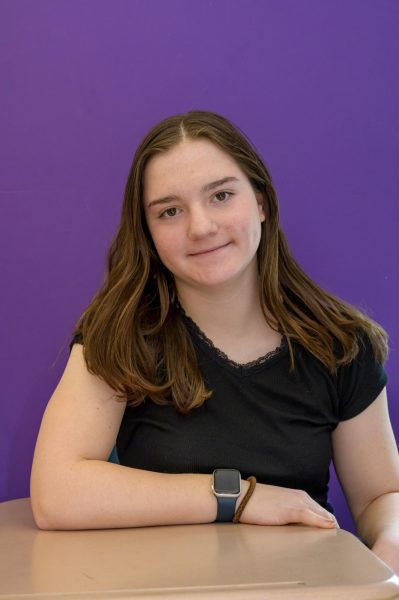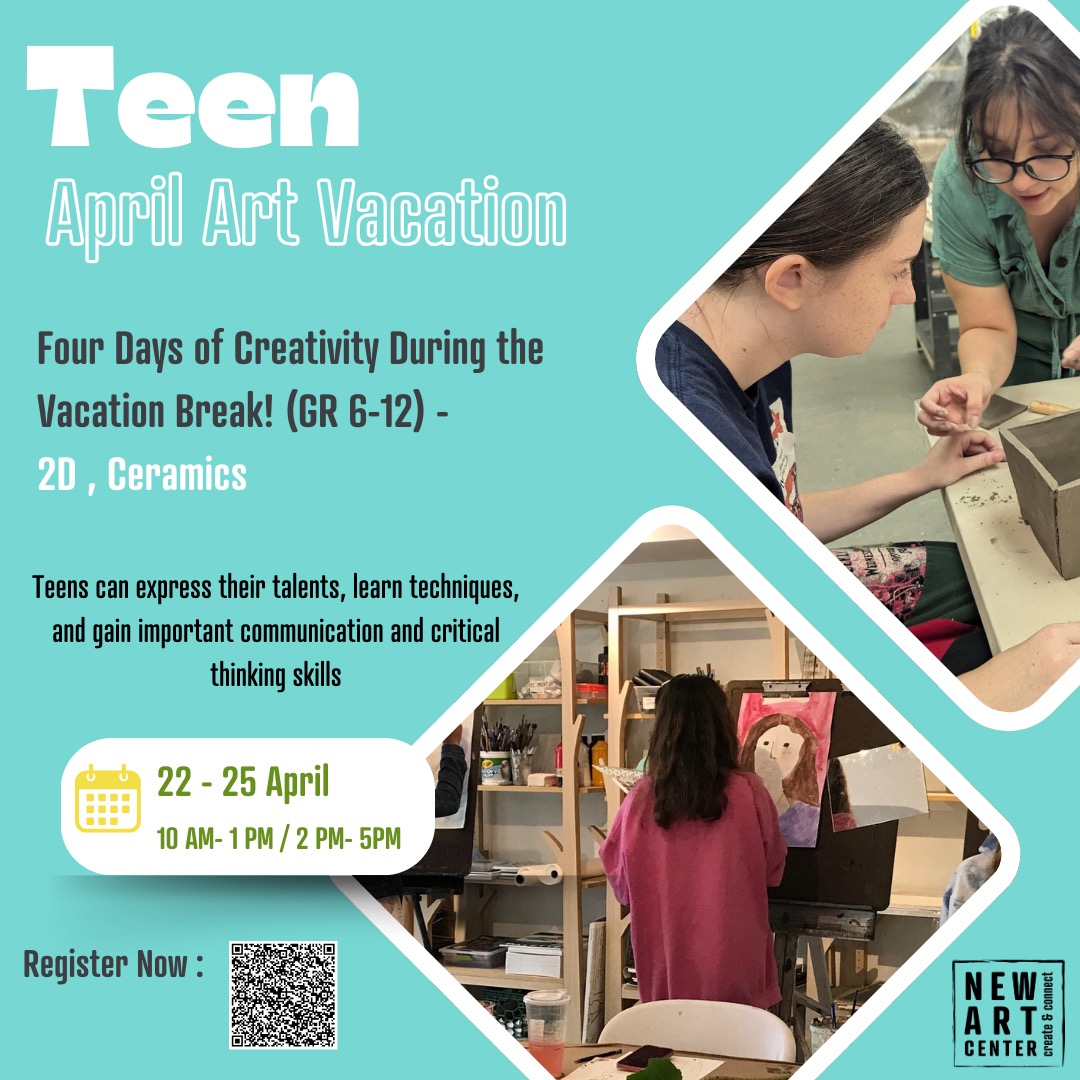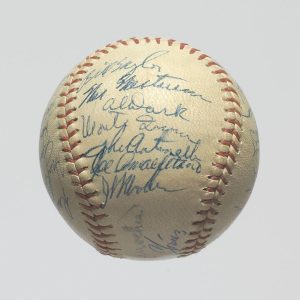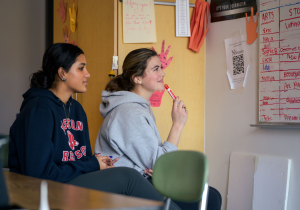Nitrous Oxide strives to improve gender representation in comedy
The cast of Nitrous Oxide poses before rehearsal.
November 8, 2022
Students in Theatre Ink’s sketch comedy show Nitrous Oxide have been focusing on increasing gender equality in comedy performances.
Over the last several years, directors of Nitrous Oxide, a sketch comedy show written by students, have increased roles given to female identifying cast members. This is an attempt to level the playing field in an industry that tends to give males the lead.
“What’s really important, especially in the comedy groups, but in all groups, is that you do have gender equality,” said Theatre Ink director Adam Brown. “This is not a new thing. If you look at the past four to six years, we have really made a conscious effort to improve.”
Although progress has been made, disparities still persist.
“The gender inequity is just an expression of a larger issue that we wanted to try to address, which was that only a few people were getting a lot of the roles and those people happened to be men,” said senior Zoe Kritzer, a director of this year’s Nitrous Oxide.
Kritzer said she has personally experienced this problem in Nitrous Oxide. “The gender inequity was at its worst point during my freshman year,” said Kritzer. “I remember this because me and the director at the time would make these jokes about what we called ‘women roles,’ which are roles that you get if you are a girl.”
Kritzer added that in “women roles” the actors would simply react to what happened in the scene instead of playing an active comedic part. “I remember seeing that and seeing after the specific roles were cast for the show that I got so many ‘women roles’ and she got so many ‘women roles’ and she was the director of the show,” said Kritzer.
In order to address this issue, Kritzer did deeper research by creating a spreadsheet of all Nitrous Oxide sketches in the 2020 and 2022 shows. She then analyzed the roles of each cast member, whether they had speaking or non-speaking roles, and whether the roles were “straight” or “comedic.”
“The same people were writing a bunch of the sketches and they were writing the sketches for themselves, and those sketches were written for certain types of people, so they were getting the same amount of roles,” said Kritzer, adding that these roles were usually given to men. “There were people that were in the show who had a lot of non-speaking roles or mostly had straight roles and weren’t being utilized to the best of their ability.”
Brown agreed that this inequity was clear. “Data tells stories, and this even happened when you had female directors, so we had to be more aware of it,” he said.
Gender disparity stretches beyond comedy to all areas of theater. “We have all heard stereotypes about men being funnier than women, that women can’t be comedians, which of course aren’t true, but are still prevalent at our school and around the world,” said sophomore Maya Macomber, a cast member. “In the musicals and plays at North, you see a much lower percentage of male participants than in the comedy shows, so I think it’s super important to make sure people know that everyone can be good at comedy, regardless of gender.”

